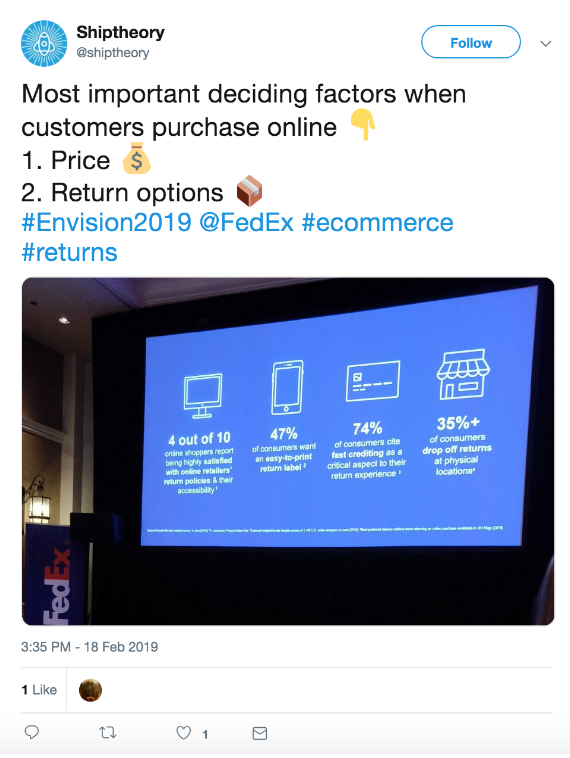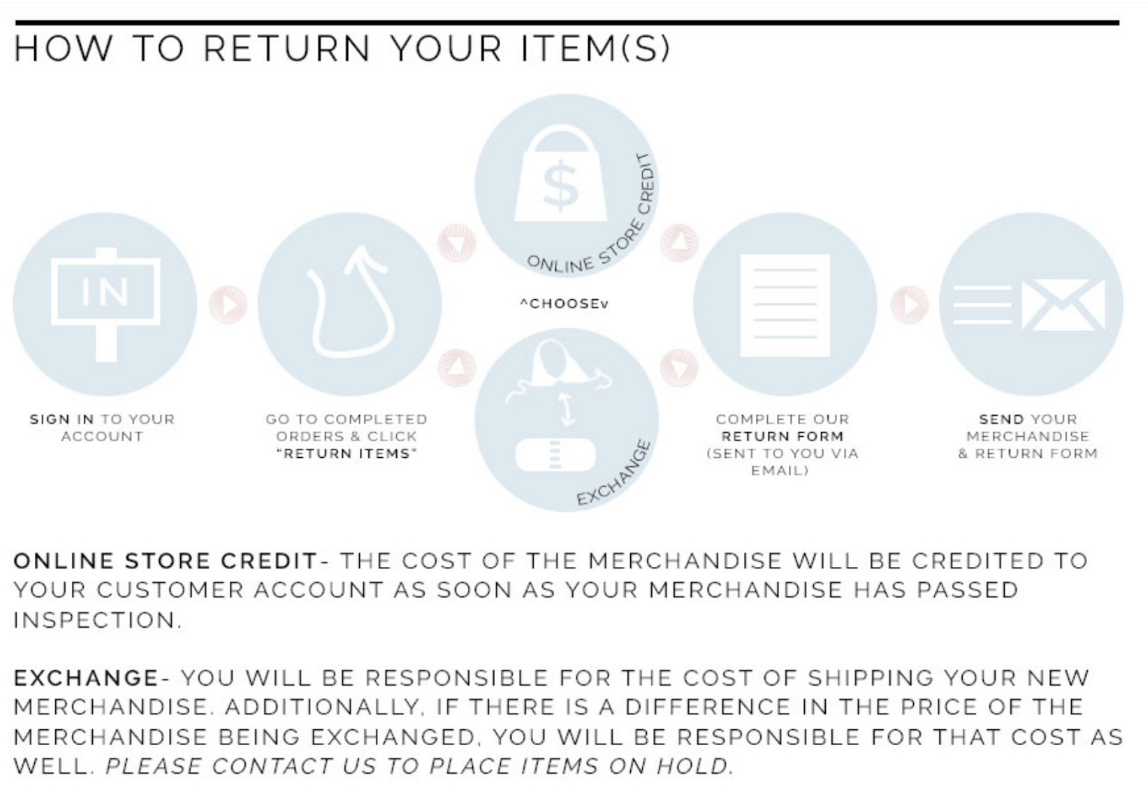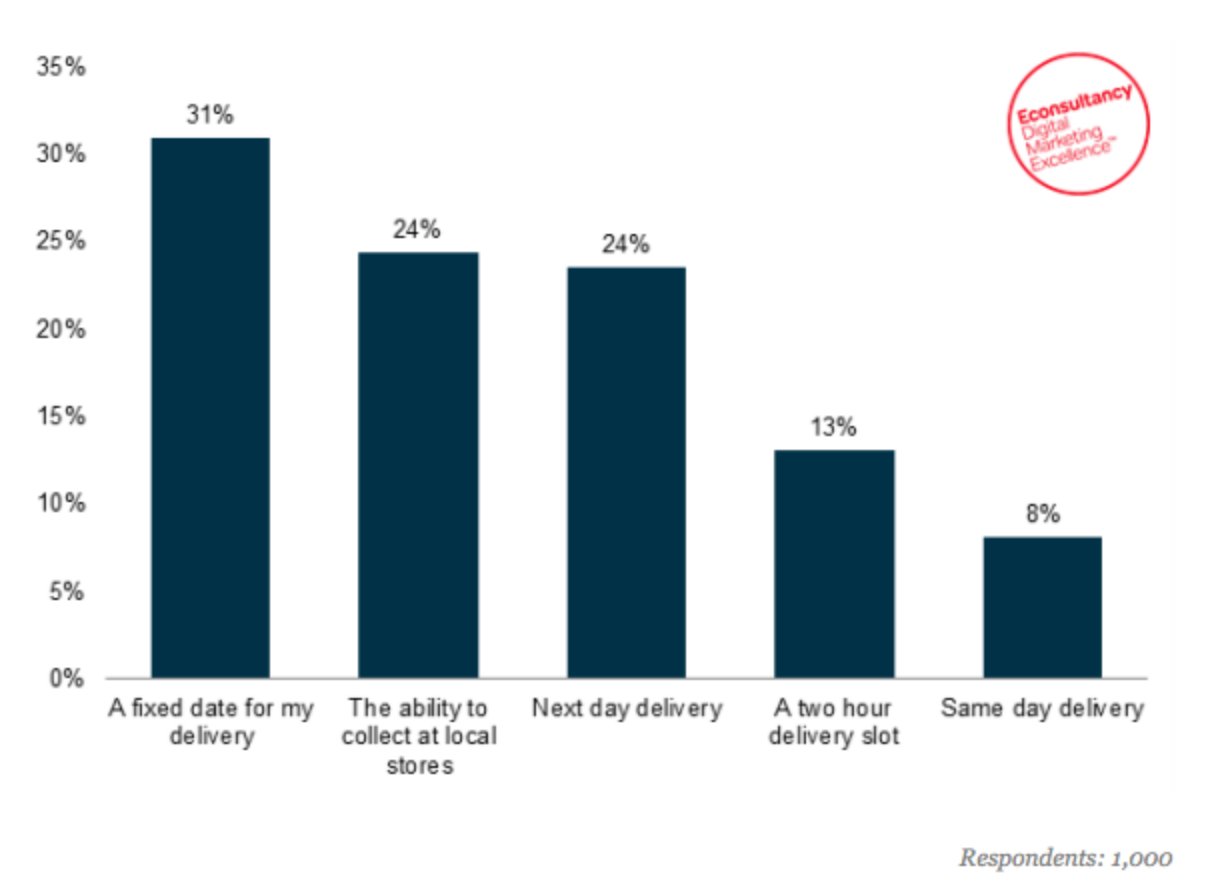Customer service is a pivotal part of every ecommerce business.
Making sure customers have the best experience possible means they’re more likely to stick around and become loyal followers.
But catering to every single person’s needs sounds quite daunting.
Here’s the good news: you’ll usually see the same common questions, queries, problems, and objections cropping up.
This means you can put measures in place to prevent them from happening rather than waiting for the same old questions to get asked again and again.
There are usually two kinds of solution to a problem:
- An immediate solution that solves the customer’s problem right then and there
- A deeper solution that prevents that particular problem from ever happening again to any customer
By putting as many preventative measures in place, you’ll find that you’ll get less of those repetitive queries and you’ll be able to provide your customers with a better experience because you’re dealing with issues before they even happen.
When you consider that the customer experience is more important than ever before (by 2020 it’s predicted that customer experience will overtake price and product as a key brand differentiator), suddenly doing everything you can to make it the best possible is a no-brainer.
How to Implement Customer Service Prevention
First Things First… Customer Feedback
Trying to create an epic and memorable experience for your customers can seem like an overwhelming task, but you can start simple by finding out what your customers do and don’t like.
This can show you the areas where you’re excelling and the things that you might be able to shake up and make better. You can then use this feedback to fuel your prevention strategy.
How and When to Ask for Customer Feedback
If you want the best results, it’s important that you ask your customers for feedback at the right time.
Ideally, this is after they have interacted with you in some way, whether that’s via a customer service live chat or by purchasing one of your products.
You want to strike while the iron is hot, and that means getting in touch when their interaction with you is fresh in their mind.
Then, it’s simply a case of:
- Knowing what you want to find out from your customers and having a short question or a couple of questions ready to ask
- Open up a conversation where your customers feel most comfortable. Social media? Email? Via a pop up on your site?
- Nudge for a response if you don’t get one in a couple of days
- Send a thank you note when a customer does provide feedback
The key to creating a solid baseline strategy for preventative customer service is knowing exactly what your customers do and don’t like.
There are several places aside from individual feedback where you can get an idea for how your customers feel.
You can try:
- Social media - have your customers made any comments about their relationship with you there? Have they shared any complaints or compliments?
- Forums - this might seem a little old school, but if there are forums in your industry, you can scour them to see if any past customers have any titbits of information you can use (you can also scour forums for comments about your competitors to see what their customers do and don’t like about them and see if you can translate that to your business)
- Reviews - review sites are a great place to dig out valuable feedback from your customers that can fuel your preventative customer service strategy
The key is to keep your eyes and ears open and stay on the lookout for anything your customers are saying about you - both online and offline.
Now let’s dig into how you can implement feedback in the different areas of your business, from the returns policy to shipping and beyond.
Your Returns Policy
Research has shown that your returns policy has a direct impact on someone’s decision to purchase as well as their overall satisfaction levels.

On top of this, a comScore and UPS survey revealed that a massive 63% of people check out the returns policy before even considering making a purchase. A further 48% admit they would be more inclined to shop with a retailer that offered hassle-free returns.
From this we can assume that e-consumers are very conscious about return and refund policies.
With this information in mind, you can tune your policy to better suit consumer needs. If, in the past, you considered your returns policy to be an afterthought, it’s now time to change that mindset.
You can take it further and mine queries from buyers about your returns policy to see the most commonly asked questions and see if there’s a way to tackle those queries in your FAQs or by overhauling your policy entirely.

This returns policy outlines the exact steps a customer needs to take to send back their goods and also highlights the different ways they can get their money back.
We might assume that, at some point, this company received a number of queries about how to return a product. In response to those queries, they added a visual roadmap of how to return goods to avoid future customers coming to them with the same questions.
Your Shipping Options
Delivery is another sticking point in the customer service lifecycle.
When a customer buys a product, they’re eager to know when it’s going to arrive. By withholding this information or providing vague guesstimates, you’re going to put customers off.

Ecommerce shoppers want cold, hard facts when it comes to the delivery of their products. Source.
You see, transparent delivery tracking actively reduces customer support calls asking when a product is arriving. If you can avoid this, you’ll save a ton of time answering the same question over and over again.
But it’s not enough to just be transparent.
It’s also important that you provide a positive shipping experience, otherwise you might lose a customer forever. In fact, a whopping 84% of consumers admit that they wouldn’t return to a brand after just one bad delivery experience with them.
As you can see, the stakes are high.
Preventing a bad delivery experience will improve the customer’s impression of you and eliminate a load of customer service enquiries.
In reality, shipping is a major deciding factor in whether a customer chooses to go with you over your competitors. According to the NRF, 65% of consumers actively look up free shipping thresholds before they even think about adding products to their cart.
What’s more, 39% of online shoppers expect two-day shipping to be free. If you don’t offer this, they will go elsewhere (the numbers don’t lie: 29% of consumers have abandoned a cart because the two-day shipping option wasn’t free).
Armed with this key information, you can adjust your shipping and delivery information accordingly.
Thinking ahead and using a shipping management platform like Shiptheory to automate the shipping process and provide transparent, real-time information to shoppers can drastically reduce the number of abandoned carts and the number of customer service enquiries you get that ask “when will my product arrive?”.
Personalisation and Automation
When it comes to improving customer service, getting as personal as possible is the way forward.
In fact, ecommerce shoppers are far more likely to buy from a brand if their interactions have been personalised in some way. This means serving them products based on their past purchases and behaviour.
Think about it this way:
Say, for example, a customer is looking to buy a specific pair of shoes that are great for hiking but are also waterproof and not an absolute eyesore.
From their past purchases, you can see they are into their labels and visually appealing items as well as outdoor products.
You can use this historic data to serve them a highly relevant product that they love instead of waiting for them to come to you with a slew of questions like “Is this pair of shoes good for 5-6 hour hikes?”, or “do you have another pair of shoes that are like this but look better?”.
On top of this, you can automate responses to specific behaviours.
For example, if there’s a certain product you sell that you get a lot of post-purchase questions about, you can immediately send an FAQ sheet to new buyers when they click purchase.
Customer Service Prevention Can Save Time and Keep Customers
Think about the amount of time you spend responding to customer service enquiries.
For businesses large and small, there tends to be a lot of similar questions from buyers, many of which can be answered simply and quickly. But what if you could eliminate all those little questions?
Think about how much time that would save you.
On top of that, it would tackle any niggling objections customers have about buying from you and move them one step closer to purchasing.
Remember that you want to give customers what they want in the moment they want it.
If they need to buy a pair of shoes right now, they’re unlikely to wait around for you to get back to them with an answer to a simple question they have. Instead, they’re going to go elsewhere to someone who does answer that question immediately.
You can eliminate these little questions that push back the purchase by implementing a preventative customer service strategy using feedback from past buyers and tapping into the common questions you get asked.
As a result, you’ll find that you’ll be able to save extra hours, provide a better customer experience, and keep buyers coming back for more.